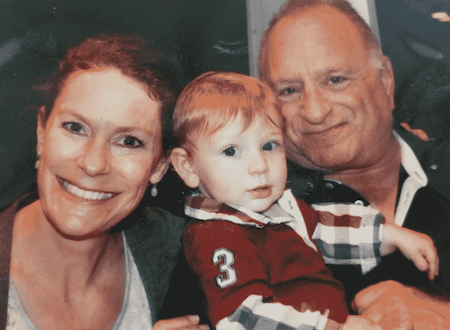
Children’s Teeth: Why Do Some Molars Grow Soft? Healthy Smiles: December 2018

Dr. Megan

Normally our teeth are protected by a very strong layer called enamel that protects the pulp tissue or nerve inside the tooth. Enamel owes its qualities to the significant amount of calcium phosphate and hydroxyapetite.
Hypomineralization or hypocalcification is a tooth condition where enamel and dentine (the outer and middle layers of the tooth) are softer than normal.
The condition is notable at eruption of these teeth. It may affect one to four molars, and in some cases the incisors (front teeth), could be affected. Unfortunately, this condition can make it more likely for the tooth to get dental decay or caries, because the tooth is more porous. Occasionally, it may make it more difficult for dentists to numb these teeth with a local anaesthetic for dental treatment.
Hypocalcification of the enamel is the most common developmental disorder observed in teeth, and it occurs in about 10-19 percent of the population. Sometimes these teeth are referred to as “cheese molars,” because the surface of these teeth look like cheese in color and consistency. Some people may have a mild form and not even realize it, others could have a more severe form of the condition.
If we were to look at these teeth under microscope, you would see areas of porosity of varying degrees. The affected teeth can be very sensitive to air, cold, warm and mechanical stimuli. Some people complain of toothache when tooth brushing.
Why Cheese Molars?
It is not easy to determine the exact cause behind these undermineralized teeth. Complications involving oxygen shortages during birth or respiratory diseases such as asthma or bronchitis and pneumonia could contribute to this condition. Renal insufficiency, hypoparothyroidism, diarrhoea, malabsorption and malnutrition and high-fever diseases can be other reasons for the occurrence of these defects.
How to Treat?
In milder cases a prevention plan should be established staring with consistent check-up by dentist. In most cases, if no decay or caries is noted on these teeth, sealants may be advised. Sealant is a white “coating” placed on teeth, mostly molars, to prevent the deep groves present on these teeth against cavities.
If caries are noted by dentist, the tooth could be restored by a composite restoration (drilling followed by a white filling). Regardless of whether caries are present or not, I usually tell parents that these teeth should remain under watch for future decay or recurrence of decay.
If the tooth has no symptom of pain or sensitivity, and is not bothering the patient, it could be monitored until patient is older (around 17 or 18) when a white crown could be placed for better coverage of the tooth.

Some argue that a “temporary” stainless steel crown could be placed meanwhile until patient is older and ready for a more cosmetic treatment. Sometimes it’s best to remove these teeth. If this route is taken when the tooth behind (2nd molar) has not erupted yet, there is a good possibility that the 2nd molar will shift forward and replace the missing tooth.
I am Dr. Mojdeh Faraz, AKA Dr. Megan 🙂
I am a Board-certified pediatric dentist at Pajaro Valley Childrens Dental Group. I received my DDS at NYU followed by my speciatly training at Jacobi Medical Center in affiliation with Albert Einstein School of Medicine. My passion in working with children and to be part of their innocent world led me to this fun and fabulous field.
I am proud to work with an amazing crew who are so seasoned when it comes to working with children. They are the reason for the excellent reviews and feedbacks we’ve receive over the years. Please Feel free to come by and visit our fun and child-friendly practice at 230 Green Valley Rd, Freedom, CA 95019.


You May Also Like

Editor’s Note December 2018
December 1, 2018
Holidays Without Plastic
December 2, 2020

